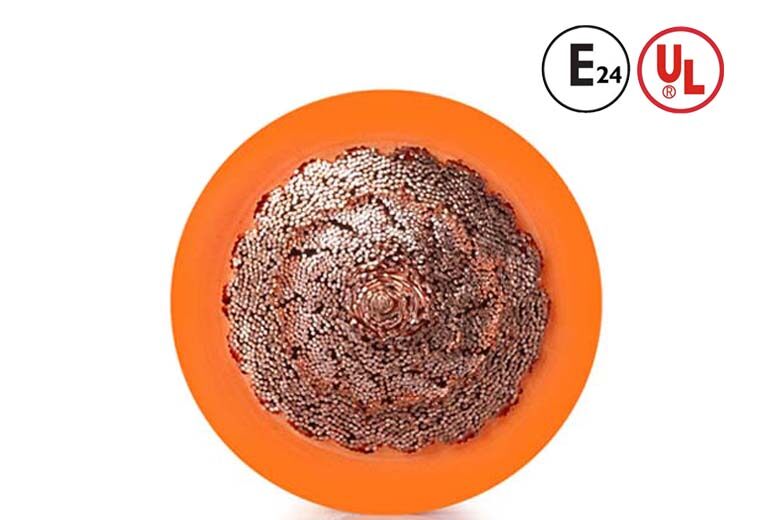-
 Leo Yu
Добро пожаловать в мой магазин. Я рад вам обслуживать. Не стесняйтесь задавать мне любые вопросы.
Leo Yu
Добро пожаловать в мой магазин. Я рад вам обслуживать. Не стесняйтесь задавать мне любые вопросы.
Ваше сообщение превысило лимит.
Новости компании

Electric vehicle high voltage cables are mainly used to transmit high voltage electrical energy and undertake the important task of transmitting electrical energy from the charging pile to the battery system of the electric vehicle. It usually has a large conductor cross-sectional area and high insulation performance to cope with the transmission of high-voltage electrical energy and safety requirements. High-voltage cables also need to be resistant to high temperatures, abrasion and chemical corrosion in order to adapt to complex usage environments. Charging cables, on the other hand, are an integral part of the connection between electric vehicles and charging piles, and are used to transmit charging electrical energy. Compared to high-voltage cables, charging cables have lower voltages and currents, so the cross-sectional area of the conductors can be relatively small. Charging cables are usually based on either alternating current (AC) or direct current (DC) charging standards to accommodate different types of charging equipment and charging modes. In addition, charging cables need to be flexible and durable to facilitate use and withstand frequent plugging and unplugging operations.
Depending on their different functions and the requirements of the environment, there are also some differences in the main materials used to make them. High-voltage cables are usually used to transmit high-voltage electrical energy, so their materials need to have good insulating properties and high-temperature resistance. Common materials for high voltage cables include cross-linked polyethylene (XLPE), cross-linked polyolefin (XLPO), and rubber. These materials have high insulation strength and heat resistance, and can effectively isolate high-voltage electrical energy to ensure the safety and reliability of electrical energy transmission. Charging cables are mainly used to connect electric vehicles and charging piles, and their materials need to have good electrical conductivity, wear resistance and durability. Common charging cable materials include copper conductor, aluminum conductor, polyvinyl chloride (PVC), polyethylene (PE) and so on. These materials have good electrical conductivity and durability, can meet the demand for power transmission during the charging process, and withstand frequent plugging and use.
For the aspect of safety, due to the transmission of high-voltage power has a certain risk, high-voltage cables need to have high insulation performance and high temperature resistance to ensure the safety of the power transmission process. In addition, high-voltage cables also need to have good abrasion and corrosion resistance to cope with the complex use of the environment. Charging cables are mainly used in charging piles and electric vehicles as the connection carrier of electric energy, transmitting charging energy at lower voltages and currents. Compared with high-voltage cables, charging cables have relatively low safety requirements. Charging cables need to have good conductivity and durability to ensure the stability and reliability of the charging process. In addition, charging cables need to be waterproof, dustproof and fireproof to improve safety.
OMG' has been deeply engaged in the R&D and production of electric vehicle cables for nearly 30 years, and has professional R&D experience and reliable technical team for electric vehicle cables. Currently, OMG's EV charging cable market share in the world is more than 17%, and its products have been well received by customers in different countries and regions.OMG's EV charging cables and high-voltage cables not only comply with the enterprise standard, Guangdong local standard, but also meet the standards of China, Europe, the United States, Japan and other international standards and certificates. We can provide customized cable solutions according to customers' specific needs. Contact our cable engineers for more information: Leo@omgevcable.com

